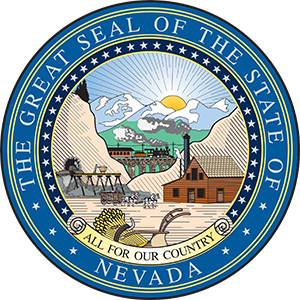Threat and Hazard Identification and Risk Assessment
The Threat and Hazard Identification and Risk Assessment (THIRA) process helps communities identify capability targets and resource requirements necessary to address anticipated and unanticipated risks.
The THIRA is a three-step risk assessment completed every three years. It helps answer the following questions:
- What threats and hazards can affect our community?
- If they occurred, what impacts would those threats and hazards have on our community?
- Based on those impacts, what capabilities should our community have?
The THIRA helps communities understand their risks and determine the level of capability they need in order to address those risks. By understanding its risks, a community can make smart decisions about how to manage risk, including developing needed capabilities. Risk is the potential for an unwanted outcome resulting from an incident, event, or occurrence, as determined by its likelihood and the associated consequences.
Core Capabilities
Communities use the core capabilities described in the National Preparedness Goal to organize their capability targets in the THIRA process. The core capabilities provide a common language for preparedness across the whole community.
The core capabilities are relevant to all five preparedness mission areas:
- Prevention: Prevent, avoid, or stop an imminent, threatened, or actual act of terrorism.
- Protection: Protect our citizens, residents, visitors, and assets against the greatest threats and hazards in a manner that allows our interests, aspirations, and way of life to thrive.
- Mitigation: Reduce the loss of life and property by lessening the impact of future disasters.
- Response: Respond quickly to save lives; protect property and the environment; and meet basic human needs in the aftermath of a catastrophic incident.
- Recovery: Recover through a focus on the timely restoration, strengthening, and revitalization of infrastructure, housing, and a sustainable economy, as well as the health, social, cultural, historic, and environmental fabric of communities affected by a catastrophic incident.
Categories Identified
- Attacks in Crowded and Public Spaces - Active Shooter
- Avalanche Disaster
- Bioterrorism - Biohazard Exposure / Attack
- Chemicals and Hazardous Materials Incidents
- Cybersecurity
- Drought
- Earthquakes
- Explosions
- Extreme Heat
- Flood Information
- Landslides and Debris Flow
- Nuclear Blast
- Pandemic
- Power Outages
- Radiation Emergencies
- Radiological Dispersion Devices
- Space Weather Phenomena
- Thunderstorms and Lightning
- Tornadoes
- Wildland Fire Information
- Winter Weather
Plan Ahead Nevada - Preparedness Information
There are many ways to take action and prepare before a disaster occurs. This page is intended to provide awareness, preparedness and safety information to assist Nevadans and visitors with planning for all potential disaster situations. Plan Ahead Nevada - Preparedness Information.
Federal Disaster Declarations in Nevada
Past Incidents / Topics in Nevada
- Caldor Fire Information
- COVID-19 Nevada's Response Information
- State and Federal Zika Virus Information
- Northern Nevada Flooding & Storm Events-Major Disaster Declarations
- Escapted Prescribed Fire Review Document - Little Valley Fire
- Little Valley Fire - Washoe County
- Industrial Fire Near Beatty
- Unmanned Aerial Vehicle Law
- Nevada Drought Forum
- Moapa Band of Paiutes Tribal Nation Disaster Declaration
- Northern Nevada Flooding and Severe Winter Storm Events Information
